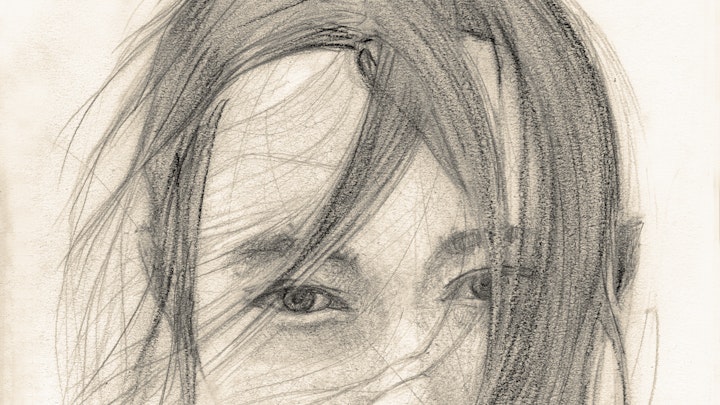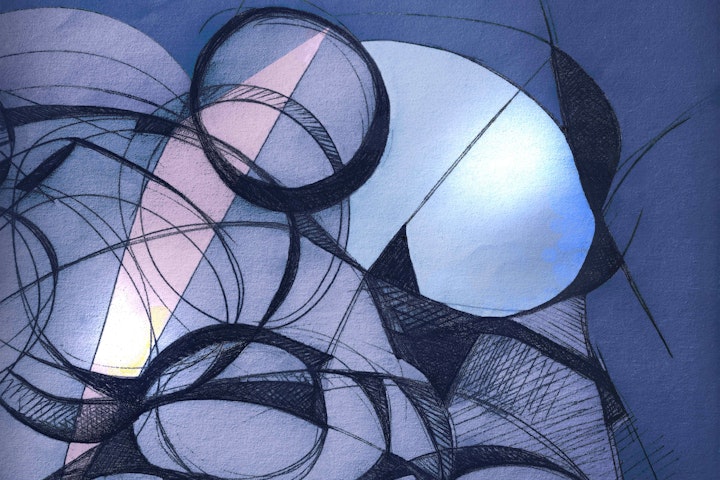Marco Raimondo is a sui generis artist. Faithful to the "tempus fugit", the famous Latin adage,
he captures a moment in the life of the subjects he likes to define with a precious and rapid stroke,
in the successful attempt to identify the essence of the person who appears in his paintings.
Observation and interpretation, therefore, are the starting point of his creative research.
Here then is that the transposition of the figure on paper becomes a "challenge" to bring to the
fore sensations, impressions and above all emotions that arise and grow under his gaze and,
consequently, that of the user, in a continuous perceptive "exchange".
Also because the artist often uses, and with enviable mastery, the infinite variations of black
and white, which coagulate in a sort of path in which objective perception becomes the synonym
the sign aiming at a precise meta-abstract synthesis.
On closer inspection, the result is a complex chiaroscuro articulation that determines the plastic
consistency of the whole, animating each piece thanks to a singular iridescence that asserts itself
according to a subtle and vibrant scansion.
We also note precise "cuts", almost of a photographic caliber, which determine the suggestion of
the whole, highlighting fragments, details, postures and gestures that we are called to ideally
complete, almost as if we were "partners" of a moment, that creativity, which Marco offers to
those who combine his pieces.
Here then is that the work appears in its most mysterious and secret aspects, because Raimondo's
portraiture wants to fathom the most intimate folds of the subject, having full respect for it,
placing on the level of perception, almost evanescent, what it is not possible to understand for
whole, but which, however, can be guessed.
And this element, mixed with a subtle sensuality that often cloaks his works,
in which not only portraits but also seductive half-length figures appear, which often
have female figures as protagonists, asserts itself as a rare quality that makes his works
extremely attractive paintings. Carl Theodor Dreyer is really right when he states that
«nothing in the world can be compared to the human face: it is a land that one never tires of
exploring».


